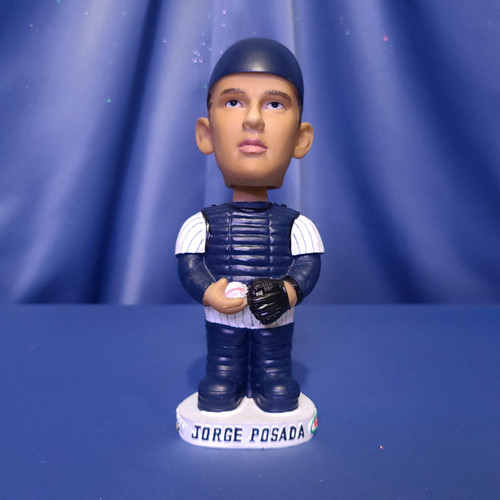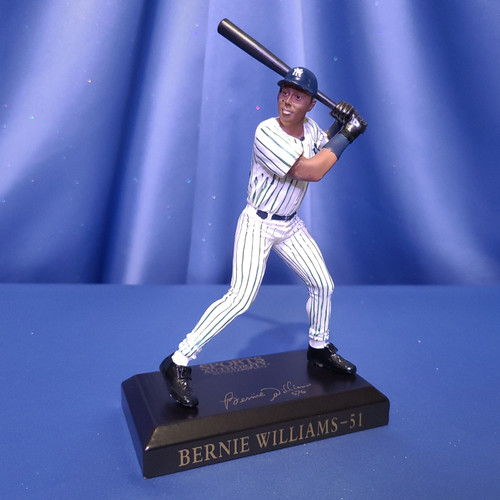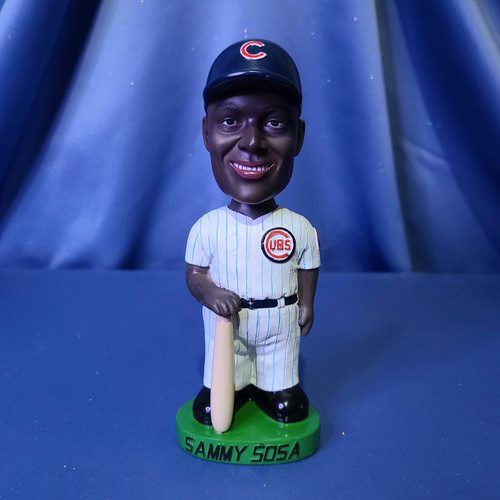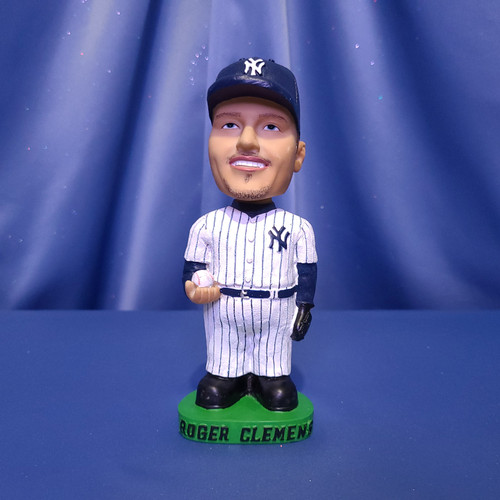-

-

-

-

-

-

-

-

-

-

-

-

-

-

-

-

-

Forever Collectibles
San Francisco Giants Barry Bonds Bobblehead Figurines by Forever Collectibles.
$32.00 -

-

-

Figurines
Figures with movable parts, allowing limbs to be posed, are more likely to be called dolls, mannequins, or action figures; or robots or automata, if they can move on their own. Figurines and miniatures are sometimes used in board games, such as chess, and tabletop role playing games.
Porcelain and other ceramics are common materials for figurines. Ancient Greek terracotta figurines, made in moulds, were a large industry by the Hellenistic period, and ones in bronze also very common. In Roman art bronze came to predominate. Most of these were religious, and deposited in large numbers in temples as votives, or kept in the home and sometimes buried with their owner. But types such as Tanagra figurines included many purely decorative subjects, such as fashionable ladies. There are many early examples from China, which drove the experimentation in Europe to replicate the process. The first European porcelain figurines, produced in a process mastered in Germany were known as Meissen ware after the city where it began. Soon the technique was copied in other cities, such as the one depicted from Dresden.
